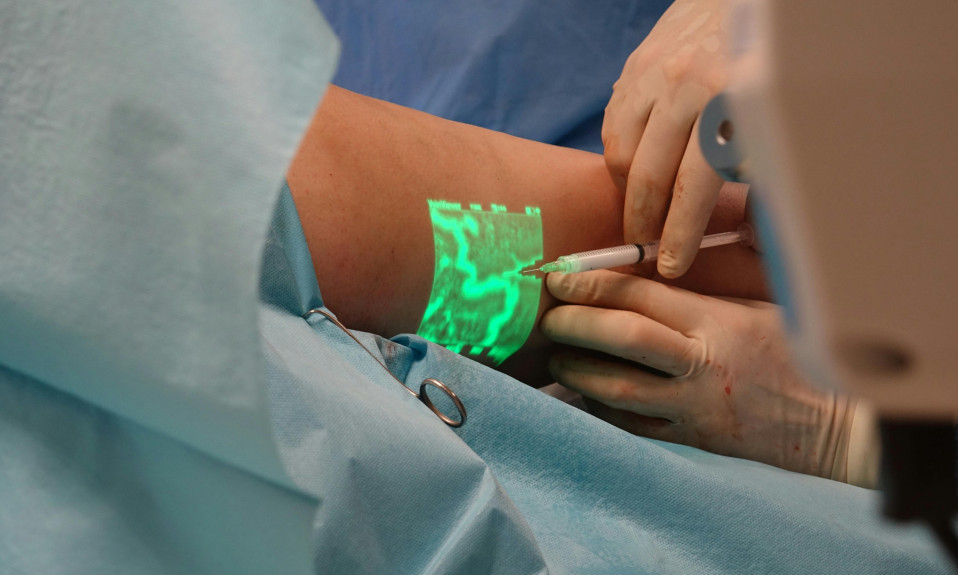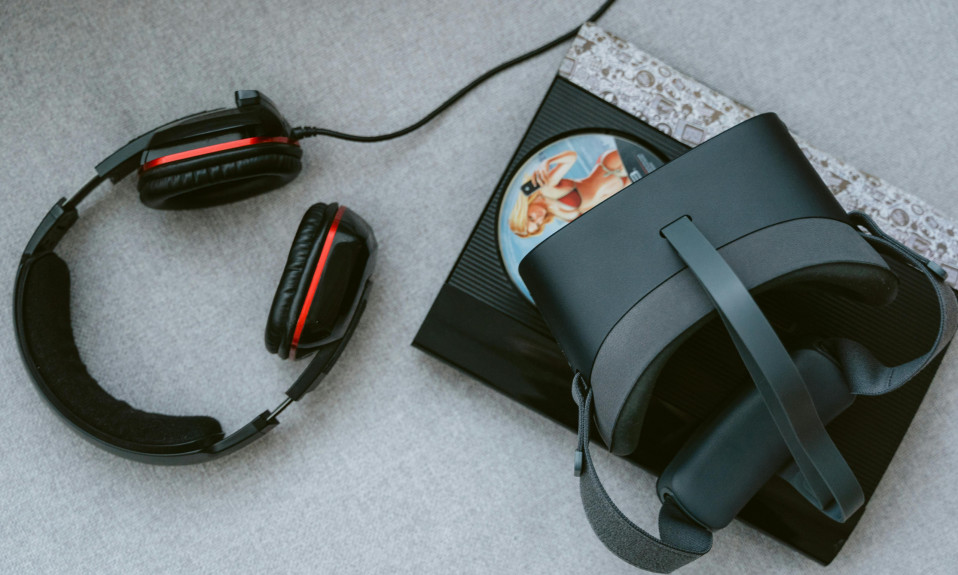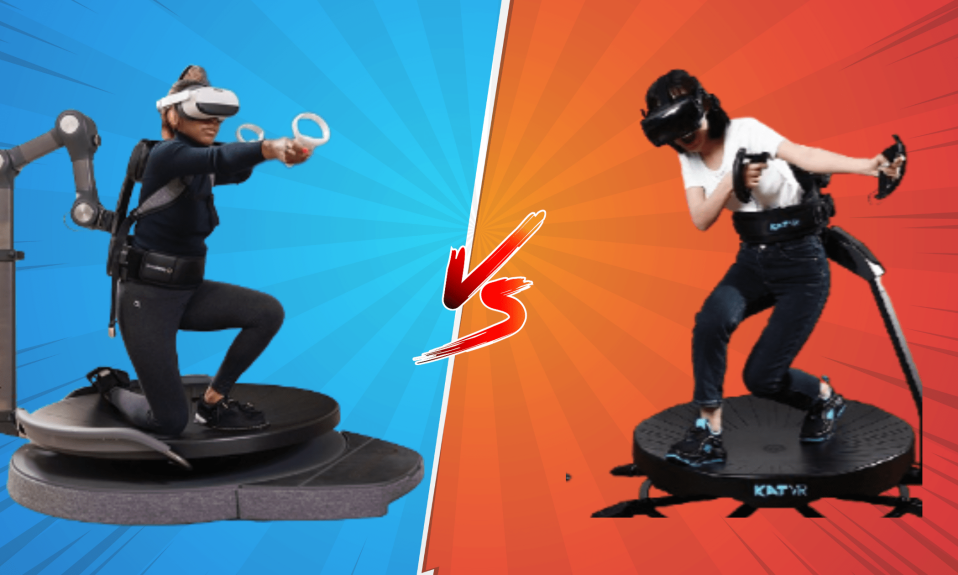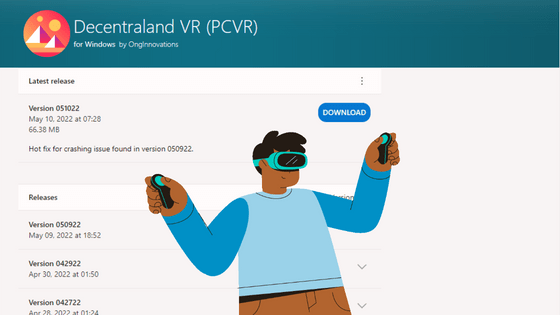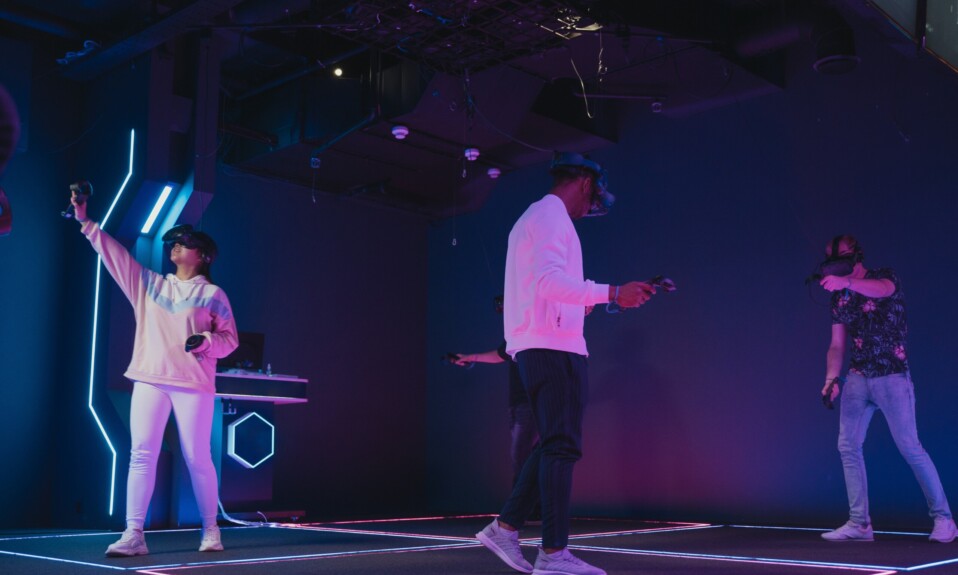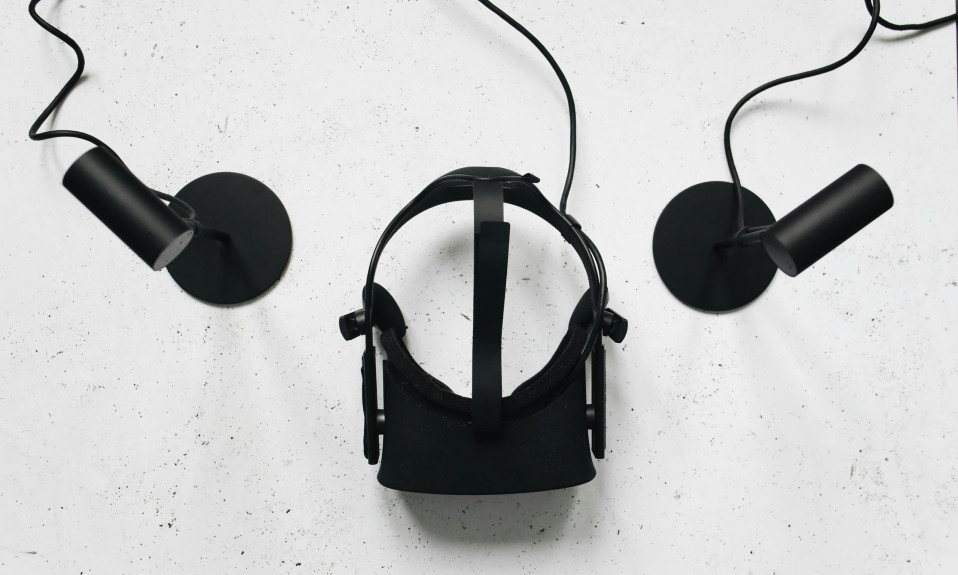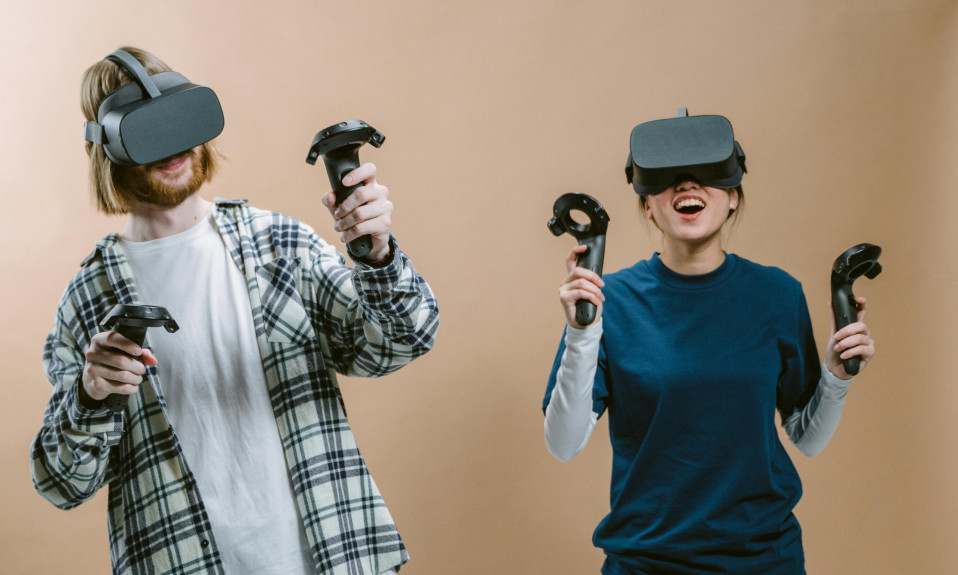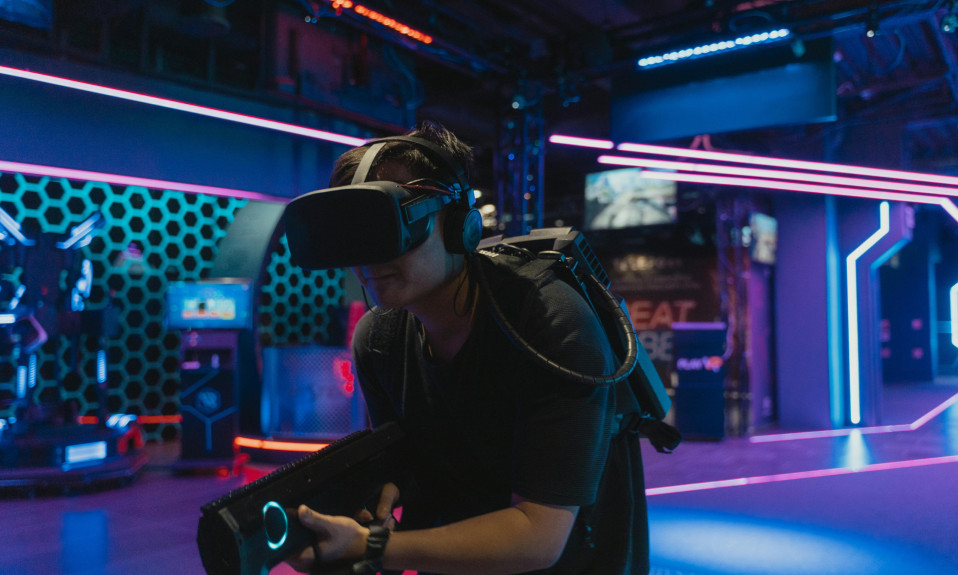For many years, the applications of augmented reality beyond gaming and entertainment seemed like distant possibilities rather than present-day realities.
After more than a decade of refinement, augmented reality vein finders demonstrate how far AR technology has come in transforming traditional industries, including the healthcare sector.
Augmented reality vein finders are devices that visualize vein structures beneath the skin’s surface to aid several medical procedures, such as intravenous injections and blood draws.
These medical procedures are the foundation of venipuncture and are critical enough to require dedicated professionals, such as phlebotomists, who specialize in peripheral venous access.
The speed and accuracy with which peripheral veins are identified and accessed can make all the difference in saving patients’ lives—especially in emergencies where every second counts.
However, difficulty in establishing venous access persists due to several factors, such as inexperienced medical professionals, tortuous vein structures, dense subcutaneous fat in obese individuals, and inconspicuous veins in dark-skinned patients.
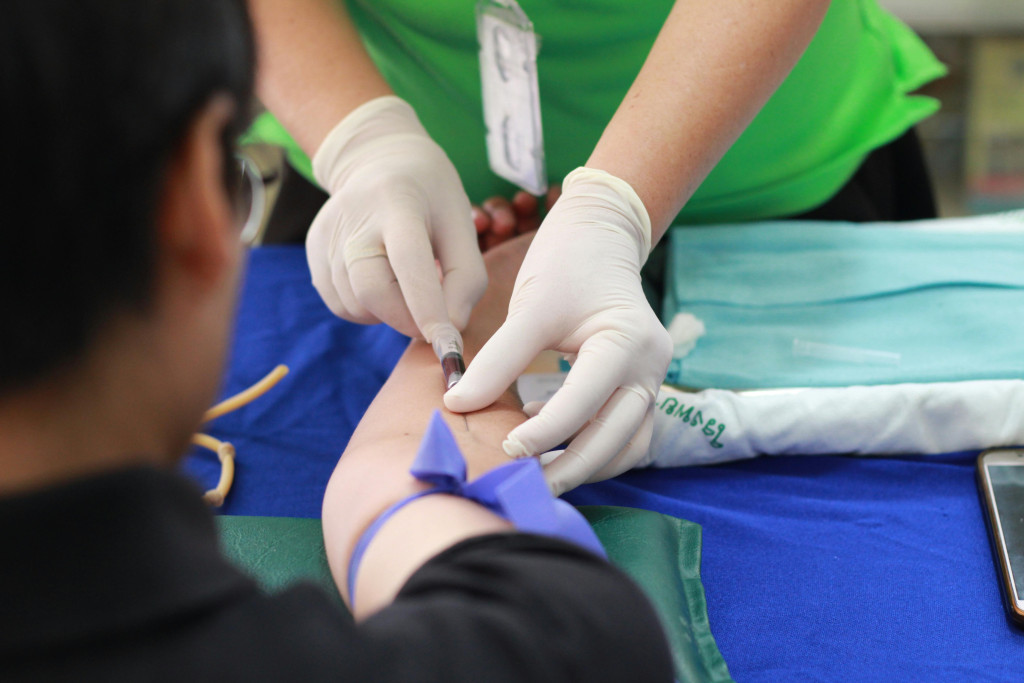
A 2009 medical publication on the difficulty of venous access in children reported that, on average, it takes two attempts to establish and maintain successful venous access.1
Unsuccessful attempts at intravenous access, injections, or blood draw can cause complications—and, in rare cases, lead to severe outcomes such as nerve damage, paresthesias, motor dysfunction, compartment syndrome, gangrene, or even limb loss.
Augmented reality vein finders mitigate these risks by improving the process of vein visualization for primary use by medical professionals.
In emerging cases, these devices serve as supportive tools for individuals who require self-administered injectables, particularly under clinical guidance or in-home healthcare settings.
This article explores the mechanisms of augmented reality vein finders, highlighting their benefits, limitations, and practical applications.
Without further ado, let’s delve in.
I do not want a discount, said no one ever! Upgrade your VR setup today with top-tier accessories—use code META20 for 20% off + free shipping on orders over $15. Level up your VR experience now ➡️ Shop & Save!
Quick Navigation
How Do Augmented Reality Vein Finders Work?
The development of augmented reality vein finders began in the late 1990s and continued into the early 2000s. Some sources believe that Herbert Zeman invented the first vein-finding device in 1995 to capture images of subcutaneous veins.2
His work on vein visualization and enhancement using near-infrared light laid the groundwork for the present-day augmented reality vein finders.
Today’s devices employ near-infrared lights, light-emitting diodes, ultrasonic sound waves, and laser technology—to locate veins beneath the skin’s surface.
Projection-based augmented reality plays a crucial role by superimposing visual data of vein structures onto the patient’s skin, enabling medical professionals to locate and access peripheral veins easily.
Near Infrared Light (NIR) and Peripheral Vein Detection
Most vein finder devices use near-infrared light for peripheral vein detection, as it penetrates several centimeters beneath the skin to reveal subcutaneous vein structures.
Near-infrared light is a form of electromagnetic radiation that lies just beyond the visible spectrum. Though adjacent to visible light, NIR remains imperceptible to the human eye.3
When emitted onto the skin, near-infrared light gets strongly absorbed by deoxygenated hemoglobin in the veins, while surrounding tissues and blood vessels reflect it.
The way near-infrared light is absorbed or reflected helps facilitate subcutaneous vein mapping, as areas with peripheral veins generally appear darker when captured by NIR-sensitive or specialized cameras.
Vein finders typically do not detect arteries because oxygenated hemoglobin absorbs NIR light differently, and arteries are usually found deeper within the body.
Tattoo pigments and areas with dense body hair pose significant limitations, as near-infrared radiation cannot effectively penetrate ink or excessive hair to allow accurate vein identification.
Models of Augmented Reality Vein Finders
Several models of augmented reality vein finders exist, each distinguished by its design, display method, and clinical application.
Common types include portable handheld devices, cart-mounted or hands-free vein visualization systems, and head-mounted display units.
Handheld AR vein finders typically feature LED screens and control buttons that allow clinicians to calibrate settings based on the patient’s skin tone and subcutaneous fat levels.
The devices are directed at targeted areas of the skin, enabling near-infrared (NIR) light to penetrate the tissue and accurately map peripheral vein structures.
Reflected NIR light is captured by NIR-sensitive cameras and specialized sensors and then processed by onboard microprocessors, which perform image denoising, feature extraction, and enhancement.
The resulting real-time projection displays peripheral vein structures—including valves and bifurcations—directly on the patient’s skin, helping medical staff select optimal insertion sites and improve the accuracy of puncture attempts for venous access.
Notable AR vein finders on the market include the AccuVein® AR Vein Finder, VeinViewer® Vision, and Veinsite® Vein Finder.
I do not want a discount, said no one ever! Upgrade your VR setup today with top-tier accessories—use code META20 for 20% off + free shipping on orders over $15. Level up your VR experience now ➡️ Shop & Save!
Benefits and Applications of Augmented Reality Vein Finders
Peripheral venous access is frequently required, with some studies reporting venipuncture in up to 80% of hospitalized patients, depending on the patient’s condition and hospital setting.4
Repeated unsuccessful venipuncture attempts can be distressing for both patients and healthcare providers, potentially delaying the initiation of necessary treatment.
The benefits and applications of augmented reality vein finders primarily revolve around improved peripheral venous access through accurate, real-time vein mapping and visualization.
Unlike traditional methods, which typically involve visual inspection and manual palpation, vein finders are a more practical and time-efficient vein mapping and visualization tool.
Beyond venipuncture and cannulation, vein finder devices are used to delineate cortical veins before surgical procedures, prevent inadvertent intravenous injections of dermal fillers during cosmetic treatments, and facilitate non-invasive blood flow monitoring.
Augmented reality vein finders also assist healthcare professionals in making informed decisions through precise vascular site assessments, improved first-attempt success rates, and a reduced risk of complications associated with multiple failed attempts.
Final Thoughts on Augmented Reality Vein Finders
Venipuncture is a popular yet crucial medical procedure. Blood contains essential information, making timely access a prerequisite for effective medical intervention, accurate diagnosis, and continuous health monitoring.
Unfortunately, the majority of hospitals, laboratories, and healthcare centers continue to rely heavily on traditional, often inefficient methods for peripheral venous access—frequently leading to physiological or psychological complications.
Augmented reality vein finders offer a novel, non-invasive solution to difficult venous access by enabling real-time visualization of subcutaneous vein structures.
By using vein finders, medical professionals can swiftly and accurately locate peripheral veins, facilitating medical procedures such as blood draws and intravenous injections.
The medical field is constantly evolving, with advancements in pharmaceuticals, technologies, and clinical practices.
Yet, despite the clear benefits of augmented reality vein finders, their widespread adoption remains limited—primarily due to cost-related barriers and a lack of awareness.
Notwithstanding, it is evident that augmented reality technology plays a significant role in the healthcare sector.
I do not want a discount, said no one ever! Upgrade your VR setup today with top-tier accessories—use code META20 for 20% off + free shipping on orders over $15. Level up your VR experience now ➡️ Shop & Save!
References:
- Kuensting, L. L., DeBoer, S., Holleran, R., Shultz, B. L., Steinmann, R. A., & Venella, J. (2009). Difficult venous access in children: Taking control. Journal of Emergency Nursing, 35(5), 419–424. ↩︎
- Vyas, V., Sharma, A., Goyal, S., & Kothari, N. (2021). Infrared vein visualisation devices for ease of intravenous access in children: Hope versus hype. Anaesthesiology Intensive Therapy, 53(1), 69–78. ↩︎
- Stonelock – What is Near-Infrared Light? Retrieved April 30th, 2025. ↩︎
- Sabri, A., Szalas, J., Holmes, K. S., Labib, L., & Mussivand, T. (2013). Failed attempts and improvement strategies in peripheral intravenous catheterization. Bio-Medical Materials and Engineering, 23(1), 93–108. ↩︎

